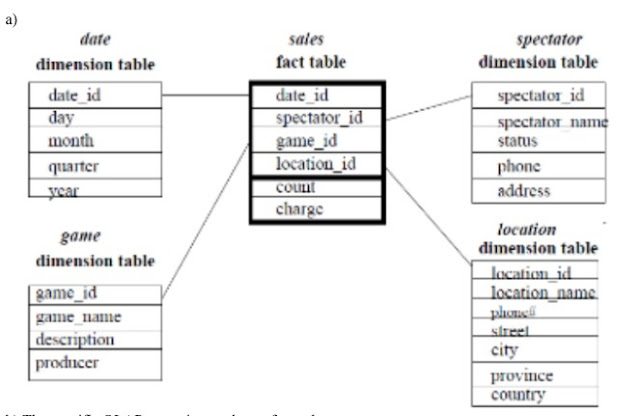Why is planning is necessary ?Highlight on the steps of activity planning.
Planning is necessary because:-
- IT boosts project performance and success rates.
- It saves money
- It improves team communication.
- IT ensures the best use of resources.
The steps of activity planning are given below:-
- Set up activities
- Define the relationship between activities
- Estimate resources required for performing activities
- Estimate durations for activities
Step 1: Set up activities
The first step of project activities planning and scheduling requires the project manager to define what amount of actons and tasks are necessary for producing project deliverables in a timely manner. The input for his process will be the project deliverables statement. The project managers can use this document to define high-level activities that will be used later in creating the project implementation schedule. The project managers should also work on developing project activities templates that helps simplify the process of project scheduling and planning.
Step 2: Define Relationship
The next step for planning activities and tasks requires the project manager to make a sequence of all activities identified in the previous step. The managers will use project activities lists, milestone lists, and the product scope statement to define relationships among the activities with the help of project management software, the person can set up priorities for each of the project activities and make sequences organized and sorted by importance and urgency.
Step 3: Estimate Resources
In this step, the project manager needs to review stakeholder requirements and the product scope statement to estimate the number of resources required for performing project activities and tasks. Also, expert judgment and alternative analysis should be used for this purpose. The constraints of time need to be considered when estimating activity resources. The project manager in cooperation with experts and should develop resources calendars and define the types of required activities.
Step 4: Estimate Duration
the final step in project ativity planning and scheduling requires the project manager to define and estimate the amount of working time required for accomplishing each identified activity. This is about setting up the duration for project activities and tasks. Duration will depending on:
- The amount of work effort
- Available activity resources
The project managers should review the resource decomposition and project aactiites templates to estimate the number of work periods for completing identifies activities and producing the deliverables




Comments
Post a Comment